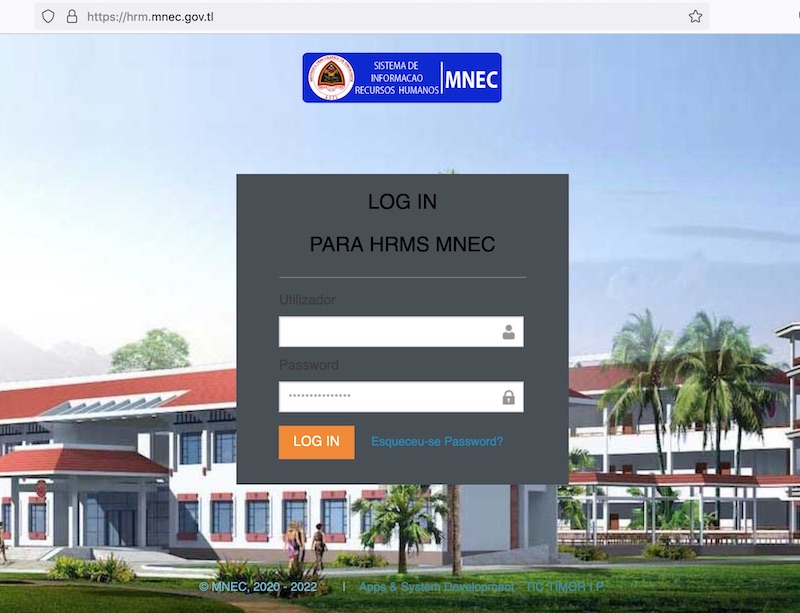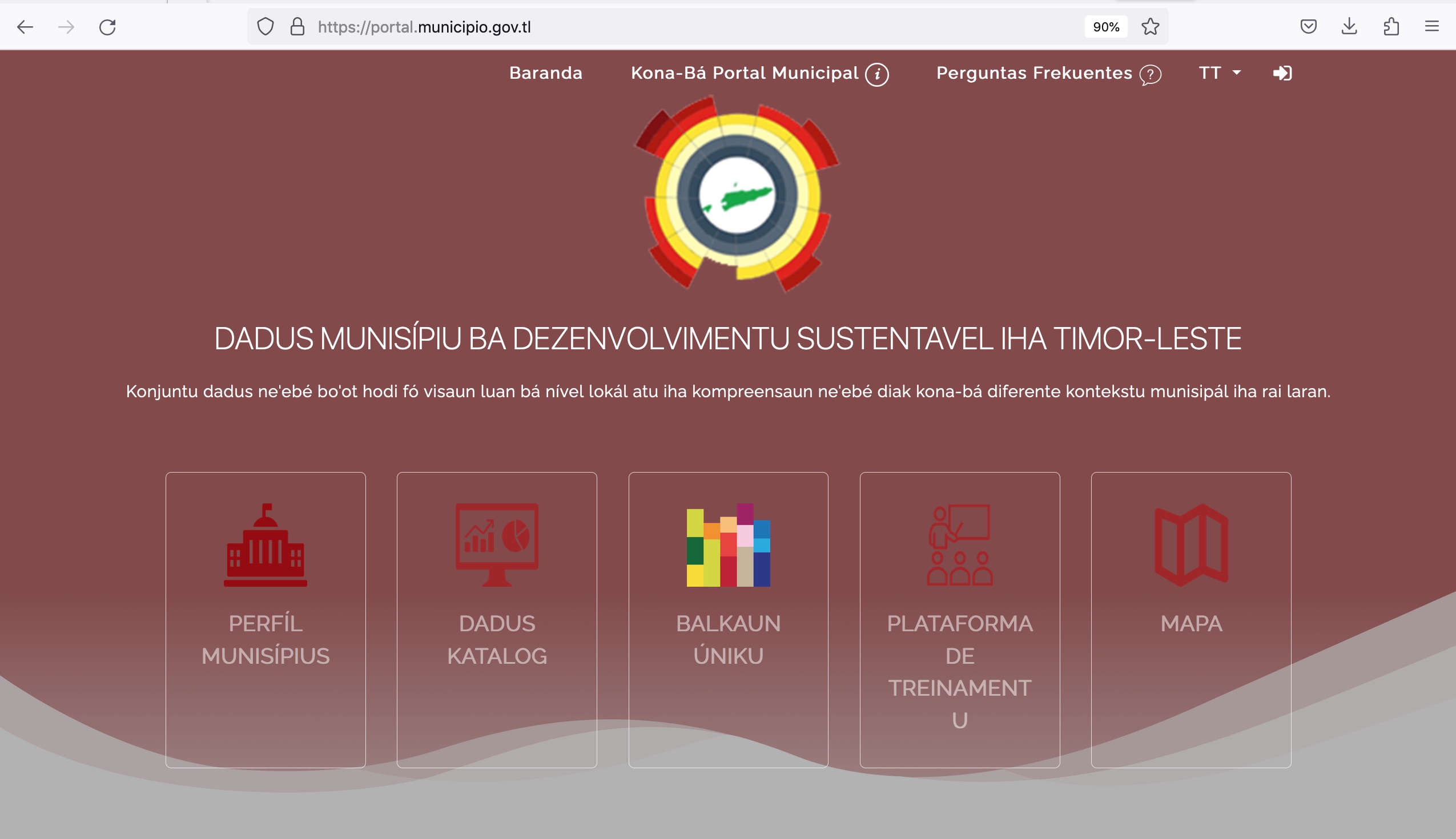Applications and Software Development Department
The Information System and Application Development Department, abbreviated as DDSIA, is responsible for ensuring strategic technical support to the Executive Director, departments, and other structures of the services of the TIC TIMOR Agency, IP in the areas of system and information platform development. Its responsibilities include planning, coordinating, executing, and evaluating projects and activities related to the implementation, development, maintenance, and security of information systems and application provisions in an integrated and systematic view of interactions and interoperability, training and capacity building processes, and the electronic government platform.
About us



















